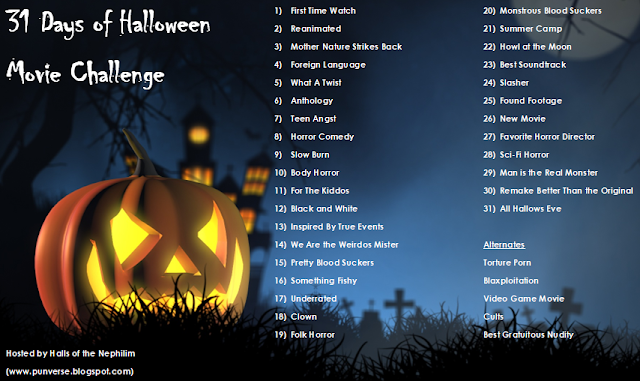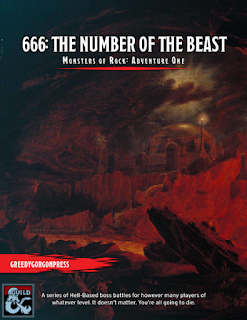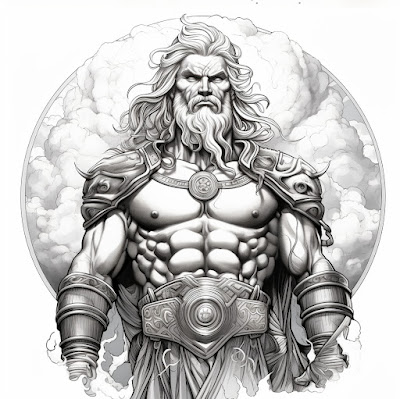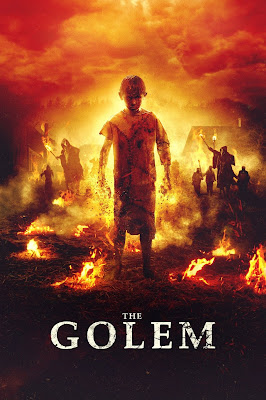A Cyberpunk Character Collection
 Danger Gal Dossier – A Faction and NPC Guide for Cyberpunk Red is not just a ‘A Faction and NPC Guide for Cyberpunk Red’. It is much more than that. Within the ‘Time of the Red’, the future period between the classic Cyberpunk 2.0.2.0. and computer game, Cyberpunk 2077, is a collection of data dossiers stolen by Edgerunners from Danger Girl, the foremost, most mediatised cat-girl themed premiere investigation and security NeoCorp working in Night City, actually run by an Arasaka scion! Out of game, it is a collection and short examination of fifteen different factions within the city, details of over one hundred NPCs—complete with stats and biographies, NPC creation guidelines which expand upon those found in Cyberpunk RED, and lastly, the presentation of a scenario involving a new and secret faction. This is a supplement for Cyberpunk RED, published by by R. Talsorian Games, Inc. that can be used in multiple ways. The most obvious is as a simple collection of threats, and perhaps, in the case of some of the gangers included, such as the infamous clown-themed Bozos and the previously Arasaka-backed Tyger Claws, that may be so. But these NPCs have lives and motivations beyond being mere fodder for the guns of the Player Character Edgerunners. They can all be sources of information, they can be sources of employment, and some like Trauma Team, can even be sources of help. Then again, they need not be met when they or the Player Characters are on the clock—they have lives too, and those lives can also start for the Player Characters during character generation. Thus, Danger Gal Dossier is a source of NPCs that can be plugged into a Player Character’s Lifepath during character generation to create ready made relationships, if not potentiation scenario hooks. There is one final use of the various factions in the collection and that is as set of factions with Cyberpunk Red: Combat Zone from Monster Fight Club. This is further strengthened by the members of the Monster Fight Club being included in the book as a faction!
Danger Gal Dossier – A Faction and NPC Guide for Cyberpunk Red is not just a ‘A Faction and NPC Guide for Cyberpunk Red’. It is much more than that. Within the ‘Time of the Red’, the future period between the classic Cyberpunk 2.0.2.0. and computer game, Cyberpunk 2077, is a collection of data dossiers stolen by Edgerunners from Danger Girl, the foremost, most mediatised cat-girl themed premiere investigation and security NeoCorp working in Night City, actually run by an Arasaka scion! Out of game, it is a collection and short examination of fifteen different factions within the city, details of over one hundred NPCs—complete with stats and biographies, NPC creation guidelines which expand upon those found in Cyberpunk RED, and lastly, the presentation of a scenario involving a new and secret faction. This is a supplement for Cyberpunk RED, published by by R. Talsorian Games, Inc. that can be used in multiple ways. The most obvious is as a simple collection of threats, and perhaps, in the case of some of the gangers included, such as the infamous clown-themed Bozos and the previously Arasaka-backed Tyger Claws, that may be so. But these NPCs have lives and motivations beyond being mere fodder for the guns of the Player Character Edgerunners. They can all be sources of information, they can be sources of employment, and some like Trauma Team, can even be sources of help. Then again, they need not be met when they or the Player Characters are on the clock—they have lives too, and those lives can also start for the Player Characters during character generation. Thus, Danger Gal Dossier is a source of NPCs that can be plugged into a Player Character’s Lifepath during character generation to create ready made relationships, if not potentiation scenario hooks. There is one final use of the various factions in the collection and that is as set of factions with Cyberpunk Red: Combat Zone from Monster Fight Club. This is further strengthened by the members of the Monster Fight Club being included in the book as a faction!Danger Gal Dossier – A Faction and NPC Guide for Cyberpunk Red is neatly organised. Each faction is given a general description, a description of its base of operations, recent history, resources, and goals. This is done as a single sheet and then is followed up by detailed writeups of several members of the faction, again given a single page each. The NPCs are divided into four broad categories—mook, lieutenant, mini-boss, and boss. Where appropriate, there are links—including page numbers—to other members of faction, strengthening their connections and relationships. Each NPC also includes a good illustration and full set of stats that are easy to read and bring into play. Of course, the stats can be used more than once if the Game Master wants another NPC. All she has to provide another name and some other background. If there is anything missing from the basic guides to each faction it is any discussion of their tactics and how each might react under particular circumstances. The Game Master than will have to develop this herself.
For example, the Bozos, updated here after their activities detailed in Cyberpunk RED Data Pack, are a Cyberpunk 2.0.2.0. classic updated to Cyberpunk RED. They are presented as having broken up into multiple circuses, all trying to out-prank each other and all with an almost anarchic approach to motivation. The Hardened Boss detailed is Big Top, who wants to outdo and thinks he has outdone the original gang leader, The Great Bozo, and as well as planning new pranks likes to perform radical surgery with the help of his extra cyberarms fitted with medtech. Blammo is a veteran Boss who likes to use explosives and give often snarky advice—sometimes to Big Top; Jester, a Mini-Boss who was a former acrobat before becoming a kick-murder Bozzo after a big accident; Tomfool is a Hardened Lieutenant who was already bioscuplted as a clown on the underground bloodsport scene before being recruited into the Bozos by Big Top; Cenwit is a Lieutenant with an actual clown heritage and a hatred of the Voodoo Boys; the Dead Ringers are both Lieutenants and also sisters, one all flashy and bling with grenades, the other silent and stealthy; Finale is also a Lieutenant, a former street who got his jaw wired shut, which the Bozzos found funny enough to recruit him and then even funnier when they annoy him to the point his anger kicks in; Burt the Squirt is a Hardened Mook who lost his hair in an industrial accident and is obsessed with acid and uses an acid-squirting gun to inflict baldness on his victims; Dunce is a Mook recruited for the vent which led to the Bozzo civil war and has managed to graduate to full Bozzo; and finally, The Fool is a Mook undergoing initiation and is given the worst equipment, brightest gear, and a bag to wear over his head! Throughout there are details here and there to suggest that this bunch of Bozos are not one big, happy family, with tensions that perhaps the Player Characters might take advantage of. This though is just one Bozo gang and the Game Master can easily models others on it or use it in conjunction with the Screamsheets in Cyberpunk RED Data Pack if she has not already.
If the Bozos are one of the larger factions, or at least of the factions with the most members detailed in the supplement, Network 54 is the shortest with just three. They include Fiona Hayes, the seemingly ageless investigative reporter; Angle, her bodyguard—or is that bodyguard for himself or network 54; and Stringer, cameraman who happens to know too much. The relationship between the three is even tighter than those for the Bozos, but not always a good one and the revelations given here highlight the data that the Danger Gal neocorp was collecting.
Other factions in the supplement include the Danger Gal Puma Squad, all cat themed; The Digital Divas, a band whose hit Burn It Down got taken up by arsonists everywhere; Maelstrom, a traditional pre-Fourth Corporate War boostergang which survived and had to rebuild; the officers of Precinct #1 of the NCPD, including Gustav, a Custom Security Canine; the Sightseers, a Nomad squad which recently caught the attention of the worst officers of Precinct #1 of the NCPD; whereas Edgerunners is not so much a faction as a collection of individuals. Perhaps the oddest entry here is Generation Red, a YoGang consisting of a mixture of children with mostly absentee parents and orphans seeking to avoid the attention of adults, but able to protect themselves if bothered, including one girl having borrowed her parents’ rocket launcher! Danger Gal is thinking of recruiting them. There are notes here too how to use kids and YoGangs in a Cyberpunk RED campaign, including advice on handling the subject matter with the Game Master’s players.
The initial design aim of Danger Gal Dossier was use only gear, equipment, and cyberware from the core rulebook for Cyberpunk RED. However, this has been achieved! So what the designers have done is include the full details of the equipment in the supplement no matter where it was taken from. This includes Interface RED Volume One and Interface RED Volume Two as well as Micro Chrome. This is a very nice touch, although some might grumble about the reprints. It just the two pages though. The ‘NPC Creation Guidelines’ following this is as useful as you would want it to be.
Lastly, ‘The Incident’ is a Mission Brief which can easily be slotted into a campaign. The Edgerunners are hired to conduct an investigation into a recent break-in and in the process get caught up in the activities of one of the factions detailed in Danger Gal Dossier as well as discovering a whole new one! The Mission Brief makes good use of the contents of the supplement without wasting them and actually ties into the incident that initiates the whole book.
Physically, Danger Gal Dossier is very nicely presented. The book is well written, the artwork good—especially the NPC illustrations, and there is a useful list of the NPCs at the back of the book. There notes too in the sidebar giving links to information in other books. It should also be pointed out that although the NPC write-ups are relatively short, there is a fair bit of detail to them and they contain snippets of background that add to the setting of Night City.
Danger Gal Dossier is such a versatile book. The contents of Danger Gal Dossier are well written and easy to use, whether the Game Master wants to throw a threat at her players and their characters, possible employment, or simply someone to interreact with, it really gives a lot for her to play with. For a Night City campaign, Danger Gal Dossier is not just a versatile book, but a highly useful one.














.jpg)











